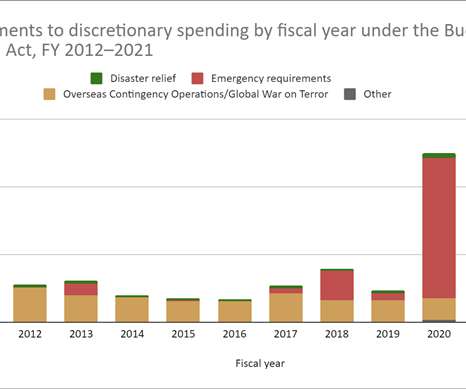Book Review: Justice, Equity, and Emergency Management
Recovery Diva
MAY 12, 2022
Chapter 2, “Mutual Aid: Grassroots Model for Justice and Equity in Emergency Management” by Miriam Belblidia and Chenier Kliebert, describes successful lessons of a Mutual Aid Response Network (MARN) involving over 5,000 participants in a grassroots response to COVOID-19 pandemic and a record-breaking Gulf Coast hurricane season 2020.











Let's personalize your content